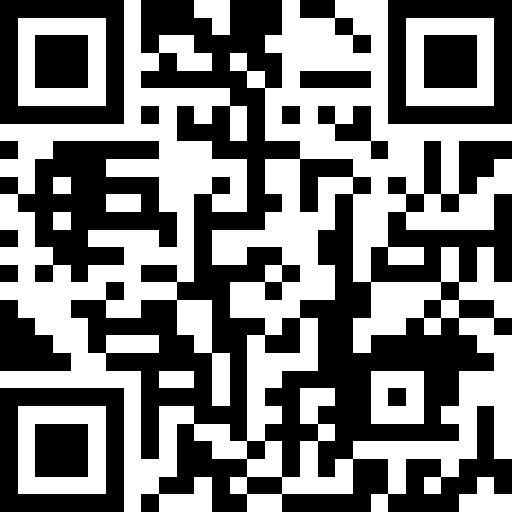Title Page
-
Conducted on
-
Prepared by
-
Location
Employee Protection
-
• Pursuant to the Governor’s Executive Order, equip, encourage, allow, or require employees to work remotely or via telework to the greatest extent practicable
-
• Screen all employees reporting to work for COVID-19 symptoms with the following questions:<br>o Have you been in close contact with a confirmed case of COVID-19?<br>o Are you experiencing a cough, shortness of breath or sore throat?<br>o Have you had a fever in the last 48 hours?<br>o Have you had new loss of taste or smell?<br>o Have you had vomiting or diarrhea in the last 24 hours?
-
• Temperature screening employees:<br>o Best practice: employers to take temperatures onsite with a no-touch thermometer each day upon arrival at work<br>o Minimum: temperatures can be taken before arriving. Normal temperature should not exceed 100.4 degrees Fahrenheit
-
• Require all employees to report any illness to supervisor or HR and require notification of COVID-19 positive case in employee’s household; any employee with a suspected or confirmed case of COVID-19 should be sent home and instructed to follow CDC recommendations. Employers should maintain the confidentiality of employee health information.
-
• Employees should stay home when feeling ill, when exposed to COVID-19 (e.g., positive household member case), or if diagnosed with a confirmed case of COVID19. Employees who are particularly vulnerable to COVID-19 according to the CDC (e.g., due to age or underlying conditions) are encouraged to stay home
-
• Covered employers and employees should be aware of the provisions of the federal Families First Coronavirus Response Act, which allows for paid sick leave or expanded family and medical leave for specified reasons, such as for self-quarantining or seeking a medical diagnosis for COVID-19 symptoms
-
• Employees should wear cloth face coverings (not N-95 or medical masks, which should be reserved for healthcare workers) and other personal protection items as recommended by the CDC. However, if employees are required to wear N95 respirators as protective equipment while performing certain duties in order to comply with TOSHA standards, they must be provided N95 masks in order to perform those duties. Surgical masks and cloth face coverings may be an appropriate precaution against COVID-19 in environments where higher-grade masks are not required by a TOSHA standard
-
• Use a clearly designated entrance(s) and exit(s) to maintain social distancing, if possible
-
• Limit use of common areas by large groups (e.g., dining area, elevators, breakrooms, waiting areas); modify capacity in breakroom and common areas and at meetings or gatherings to ensure separation of at least 6 feet
-
• Consider the use of modified schedules, staggered shifts or arrival/departure times, and staggered break times and meals in compliance with wage and hour laws and regulations to promote social distancing
-
• Limit entry into the premises by visitors, vendors, and contractors where possible; when third-parties must be on-site (e.g., deliveries), adopt screening measures and/or protocols to reduce contact between employees and third-parties with appropriate social distancing precautions and use of personal protective equipment
-
• Practice recommended social distancing to the greatest extent possible – “Further is safer”. This includes but is not limited to production lines, cafeterias, common areas, entrance/exit areas of work locations and offices, and employee shuttles, if any
-
• Encourage managers and employees to enhance hygiene practices – wash hands more frequently, avoid touching face, practice good respiratory etiquette when coughing or sneezing
-
• Designate staff to be dedicated to or tasked with implementing heightened hygiene and disinfection practices during each shift
-
• Post extensive signage and communication on increased cleaning and hygiene to help educate building occupants on COVID-19 best practices and COVID-19 symptom self-screening:<br>o CDC guidance to stop the spread of germs<br>o CDC guidance on COVID-19 symptoms
-
• Ensure thorough work station cleaning between shifts
-
• Provide for frequent disinfection and enhanced sanitization of common or high touch surfaces (tools, equipment, countertops, door handles, switches, elevators, clock-in stations, keyboards, phones, screens and interfaces, lockers, forklifts, chairs, etc.) with surface-appropriate products meeting CDC/EPA criteria
-
• Plan for positive COVID-19 cases in your workforce, and work with local health department officials when needed (e.g., monitor and trace COVID-19 cases, deep clean facilities)
Business Process Adaptations
-
• Where possible, re-arrange or modify physical layouts, shop floor, or work stations to allow for 6 feet of distance between employees. If unable to achieve this level of separation, mitigate exposure by utilizing personal protective equipment or barriers.
-
• Use physical markers or tape to reinforce distancing measures (e.g., operator boundaries along conveyor line)
-
• Avoid large group training, meetings, and on-site visits; divide into smaller groups or consider virtual training or meetings until larger gatherings are advisable according to the CDC
-
• Adopt enhanced hygiene protocols for shipping/receiving areas to mitigate possible surface contamination
Completion
-
Additional Notes
-
Sign Off
















